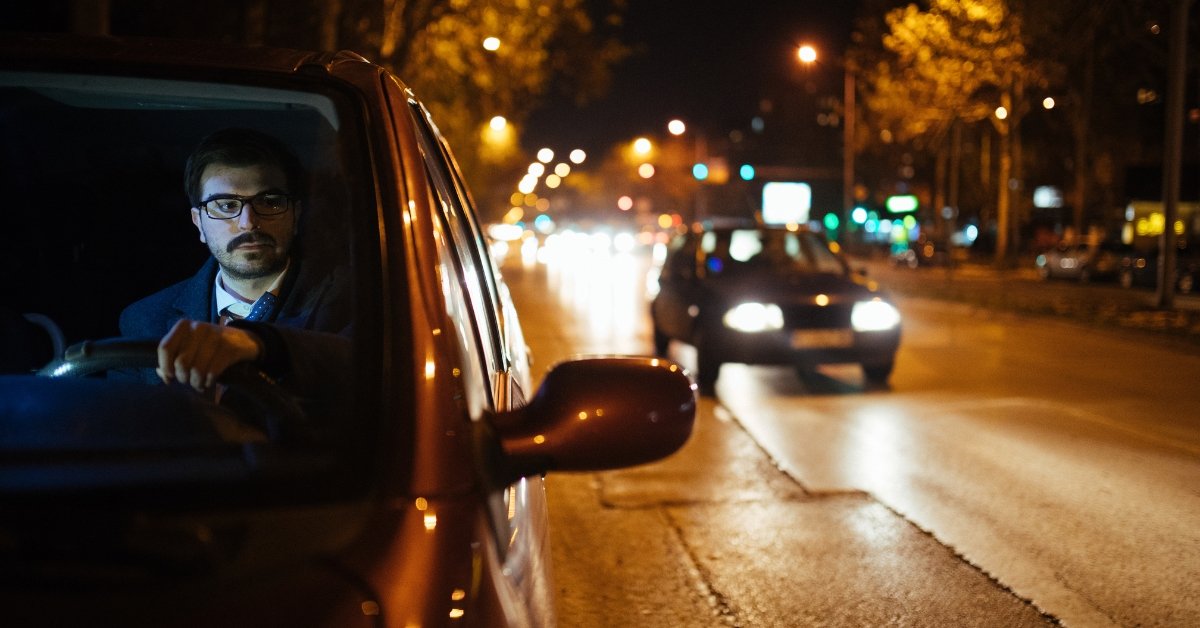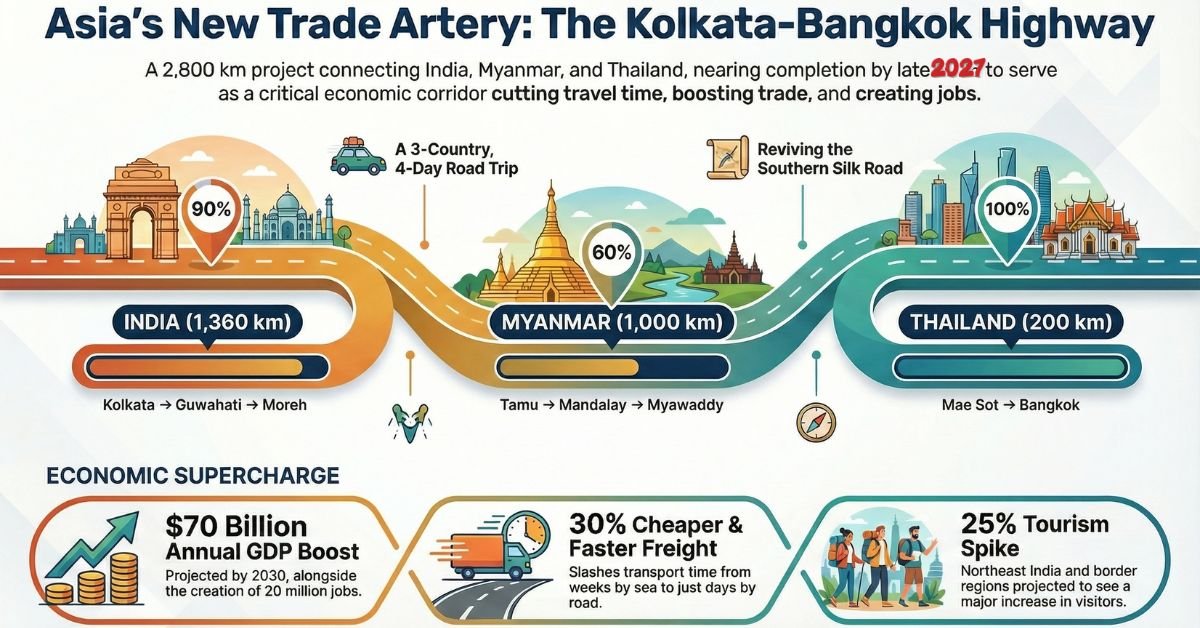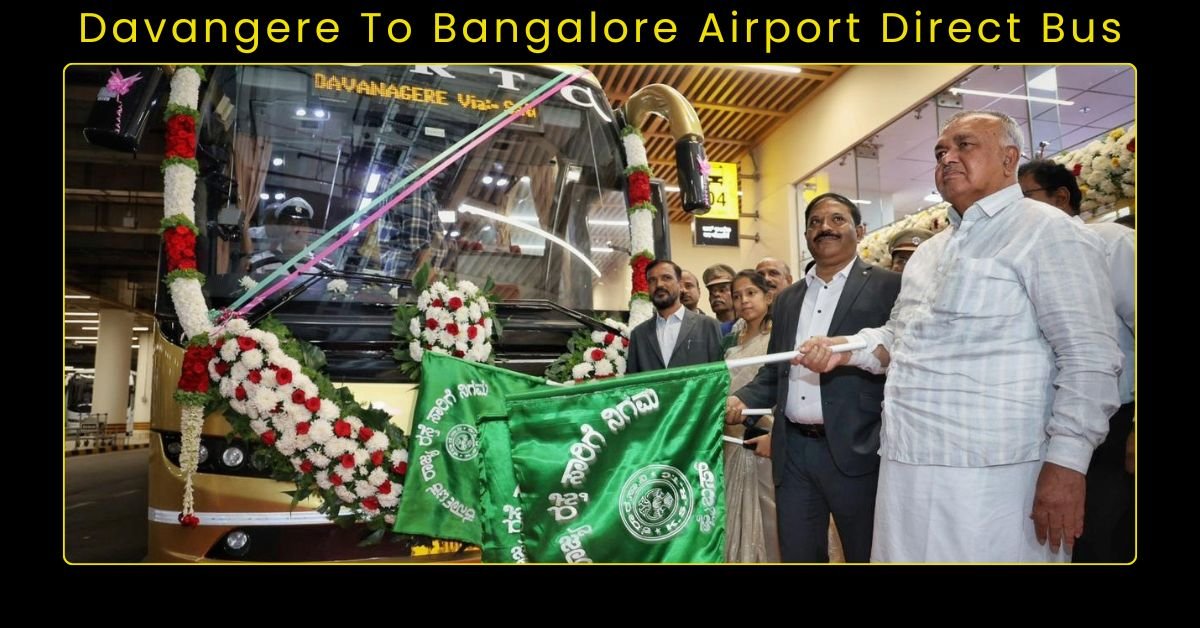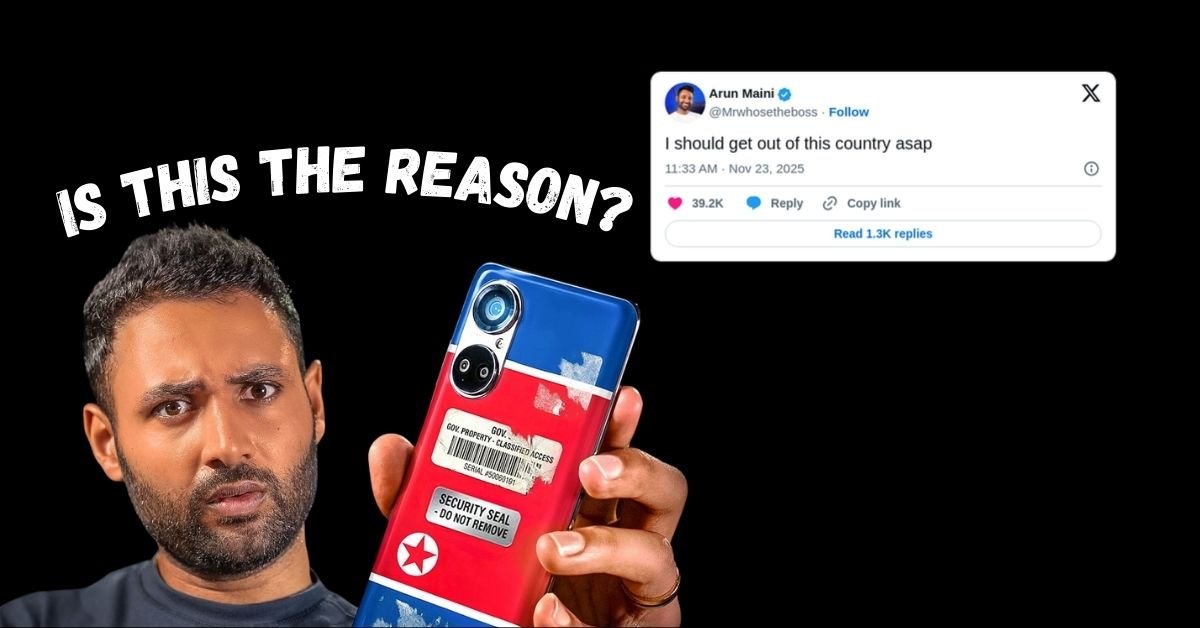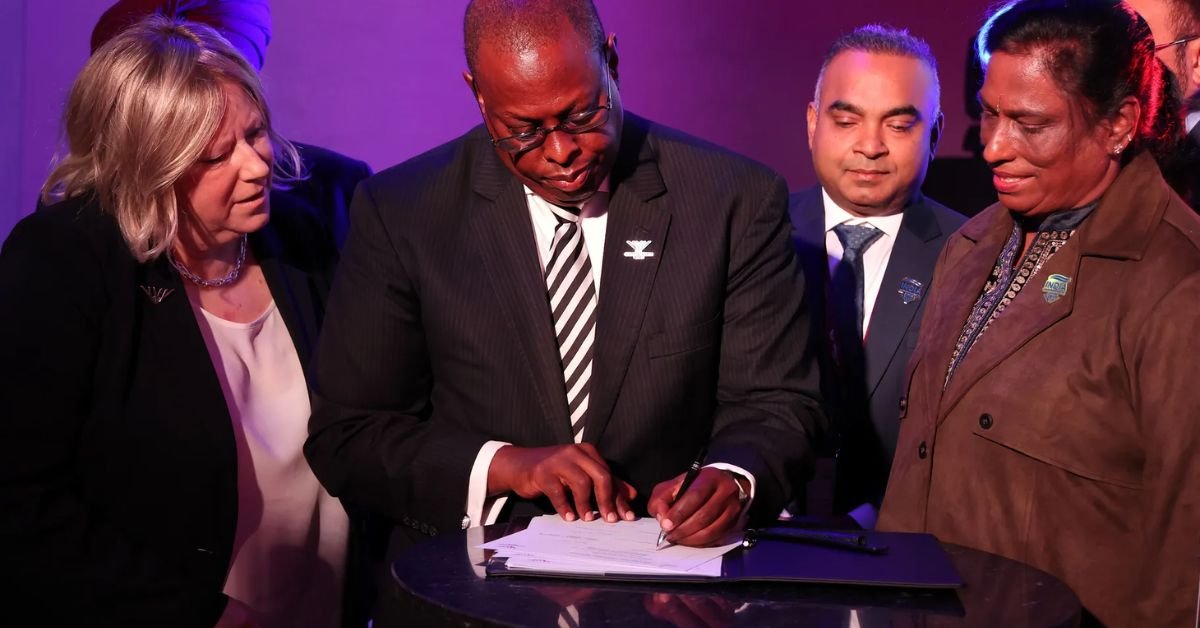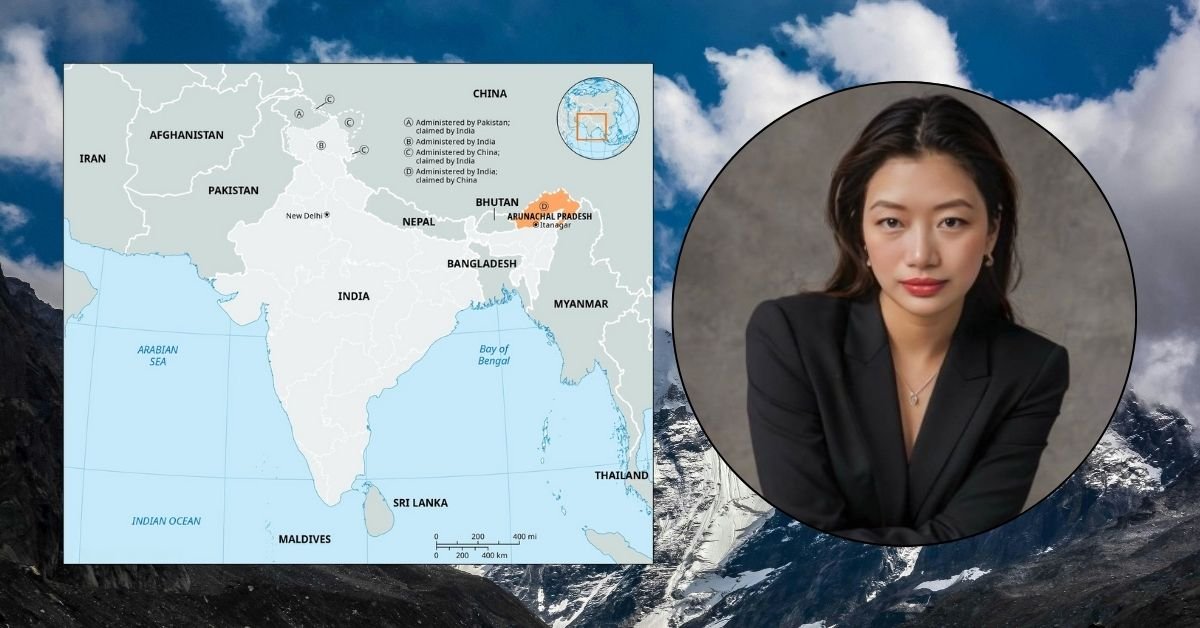Master the art of driving in India with these 12 essential tips! From understanding road rules to staying safe, this guide is your perfect companion.
Table Of Contents
Introduction
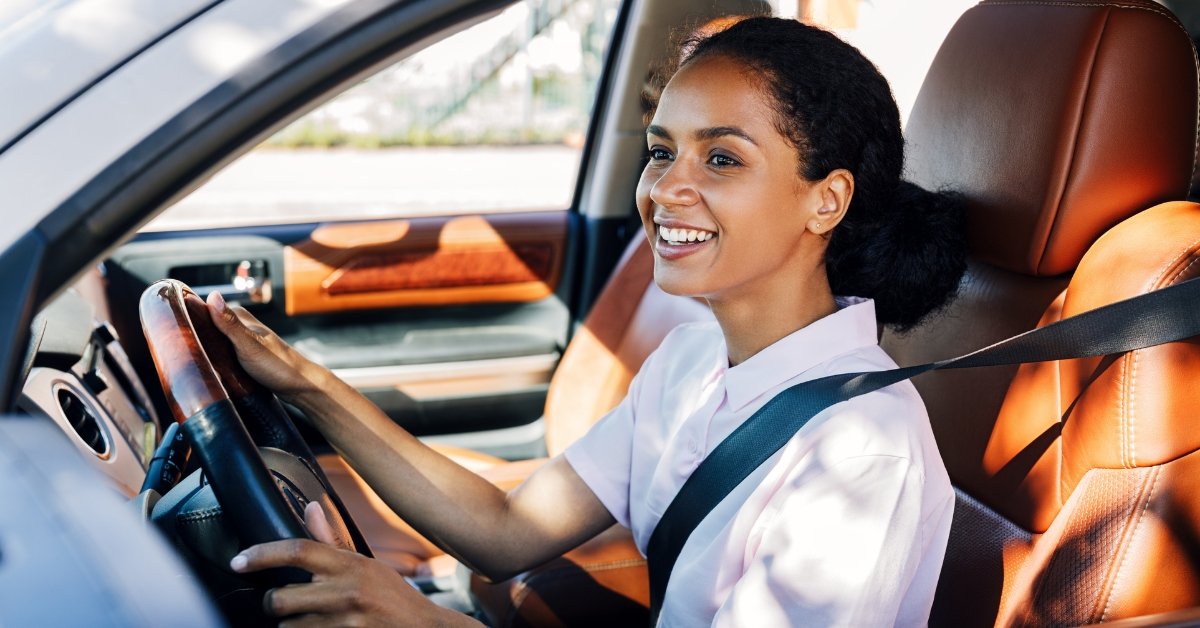
Driving in India is more than just a commute; it’s an adventure filled with chaos, surprises, and a unique rhythm.
Whether maneuvering through Delhi’s bustling streets or exploring a serene village in Kerala, Indian roads will test your patience and reflexes.
But do not worry—this guide has got you covered!
With 12 practical and easy-to-follow tips, you will learn to navigate the roads safely and blend into the local driving culture like a pro.
Whether you are a tourist renting a car for the first time or a seasoned driver looking to refresh your skills, these insights will help you stay safe and stress-free.
So, buckle up, and let’s hit the road!
1. Understand India’s Driving Orientation
First things first: In India, cars have a right-hand drive, and you’ll need to stick to the left side of the road.
If you’re used to driving on the right side, this can feel like re-learning how to drive.
Start slow, and give yourself time to adjust. Bonus tip: Watch how local drivers tackle this—imitation can be a helpful teacher!
2. Stay Alert For Surprises (Because There Will Be Many)
In India, expect the unexpected.
Lanes? Optional.
Sudden U-turns? Frequent.
Animals wandering into traffic? Almost guaranteed.
The golden rule is this: always be on high alert.
Your brake pedal is your best friend, so keep your foot ready.
Think of driving in India as a game of reflexes, where the key is staying calm and focused.
3. Know The Rules (And The Realities)
Traffic rules exist, but the way they are followed can vary.
For example, it is okay if someone overtakes from the left or skips a red light.
Adapt, but do not compromise your safety.
Stick to what is legal and safe, and remember—just because others are bending the rules doesn’t mean you should.
4. Avoid Night Driving When Possible
Indian roads can get riskier at night, especially after 10 PM, when drunk driving incidents increase.
Poor lighting, unpredictable vehicles, and a lack of visible road signs add to the challenge.
If you must drive at night, keep your speed low and avoid tailgating or overtaking unnecessarily.
5. Get Comfortable With Manual Cars
Most cars in India have a manual transmission, so if you are only familiar with automatics, this might take some getting used to.
Before hitting the road, practice shifting gears and using the clutch.
Tip: If you rent, ask for a car with a light clutch—your calf muscles will thank you later!
6. Use Your Horn (Politely)
On Indian roads, honking is not rude—it is a communication method.
Trucks and buses often have signs that say “Sound Horn,” letting you know it’s okay to honk when overtaking.
Keep it short and polite, though.
Excessive honking is frowned upon and can disrupt quiet zones near hospitals or schools.
7. Be Ready For Mixed Traffic
Indian roads host a variety of vehicles, all moving at different speeds, from bullock carts to high-speed SUVs.
This mix requires constant vigilance.
Drive defensively, maintain safe distances, and be prepared to share the road with everyone, even that cow taking a stroll.
8. Learn The Art Of Rural Driving
Rural roads are narrow and often need proper lanes.
If you see a vehicle coming head-on, slow down and move to the left, even if part of your car is off-road.
It is a mutual understanding—you give space, they offer space, and everyone moves on peacefully.
9. Plan For Unexpected Traffic Blockages
India loves celebrations, and celebrations often spill onto the streets.
Traffic can come to a standstill without warning, from wedding processions to political rallies.
Use navigation apps like Google Maps to check for delays and, when necessary, follow locals to find alternate routes.
10. Keep Essential Documents Handy
Driving without proper documents is a big no-no in India.
Here is what you need:
| Document | Why |
|---|---|
| Driver’s License | Legal permission to drive |
| Vehicle Registration (RC) | Proof of ownership |
| Insurance Certificate | To handle accidents or damages |
| Pollution Certificate | Compliance with environmental regulations |
Tip: Save digital copies on your phone for quick access.
11. Handle Accidents Calmly And Legally
Due to public involvement, accidents can escalate quickly in India.
If you’re in a minor scrape, try to resolve it amicably.
For more serious incidents, call the police immediately.
Stay calm, document the damage, and avoid confrontations—letting the authorities handle it is better.
12. Consider Hiring A Driver
If all of this feels overwhelming, there’s no shame in leaving the driving to a pro.
Renting a car with a driver in India is affordable and convenient.
You’ll also benefit from local knowledge, which can be invaluable when navigating tricky areas.
Conclusion
Driving in India is about more than just getting from point A to point B.
It is an experience that offers a window into the country’s vibrant culture and dynamic pace of life.
By following these 12 essential tips, you will be better equipped to handle the challenges and enjoy the journey.
Remember, patience and vigilance are your best allies on Indian roads. And if all else fails, you can always sit back and enjoy the ride as a passenger.
Remember to check out our other articles for more helpful content.
Happy driving!
Trivia
Did you know? The state of Nagaland has a unique rule that bans honking except in emergencies. Their initiative is to reduce noise pollution and create quieter roads.
